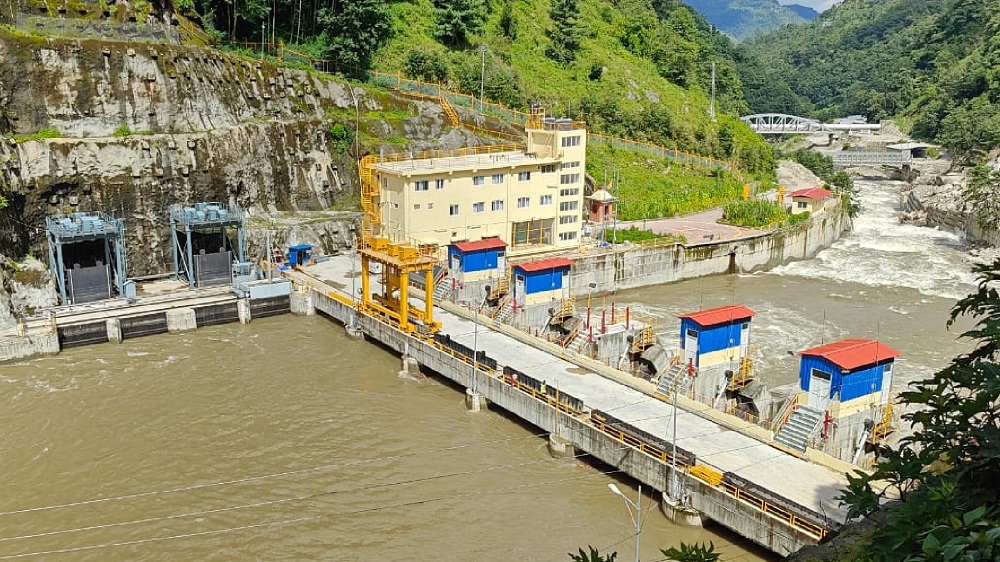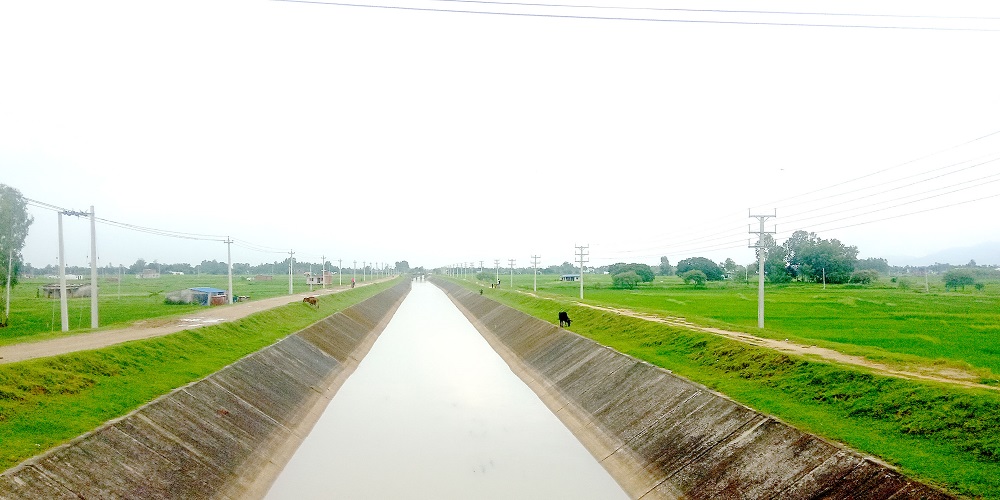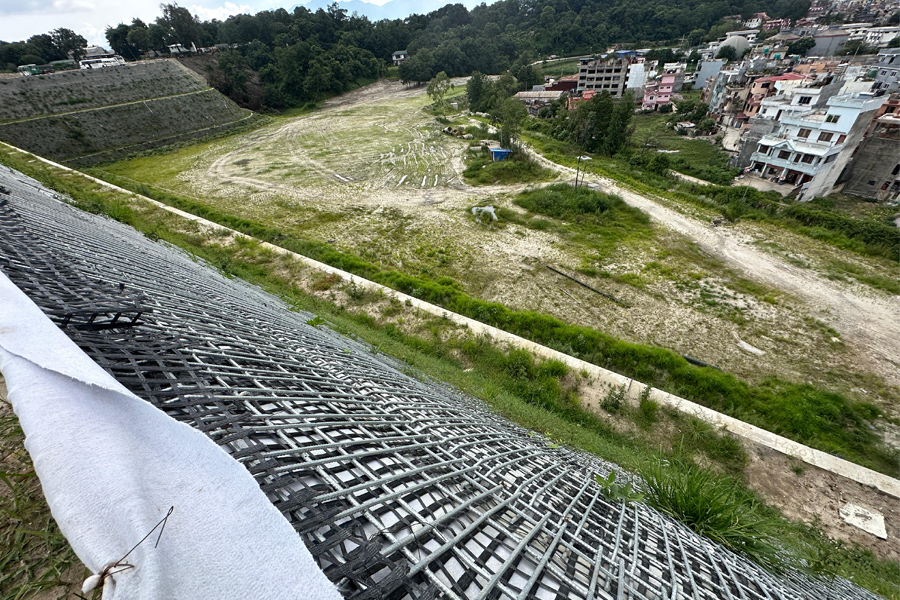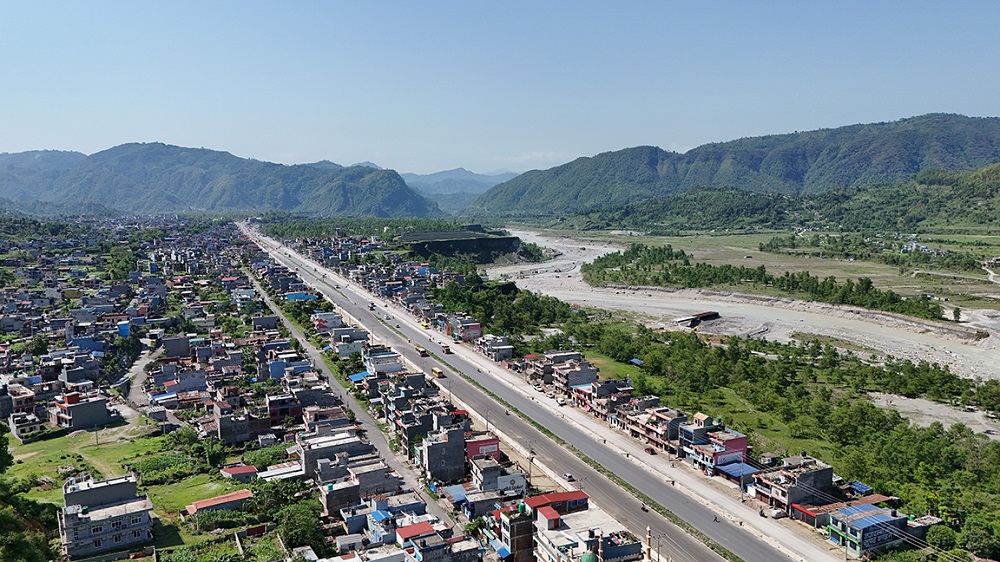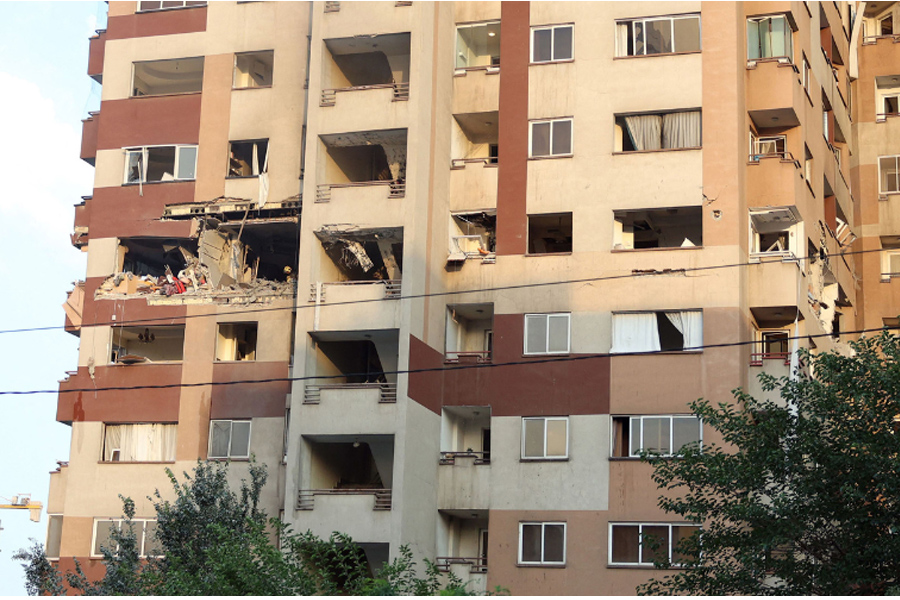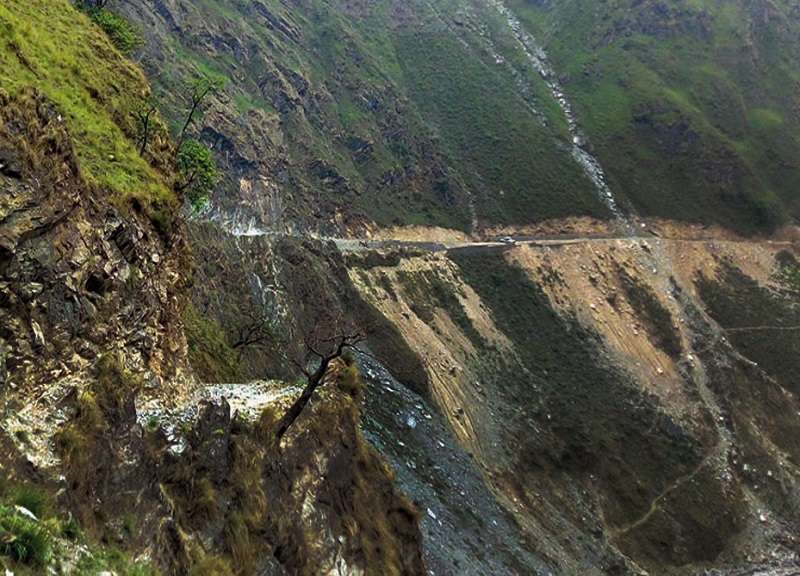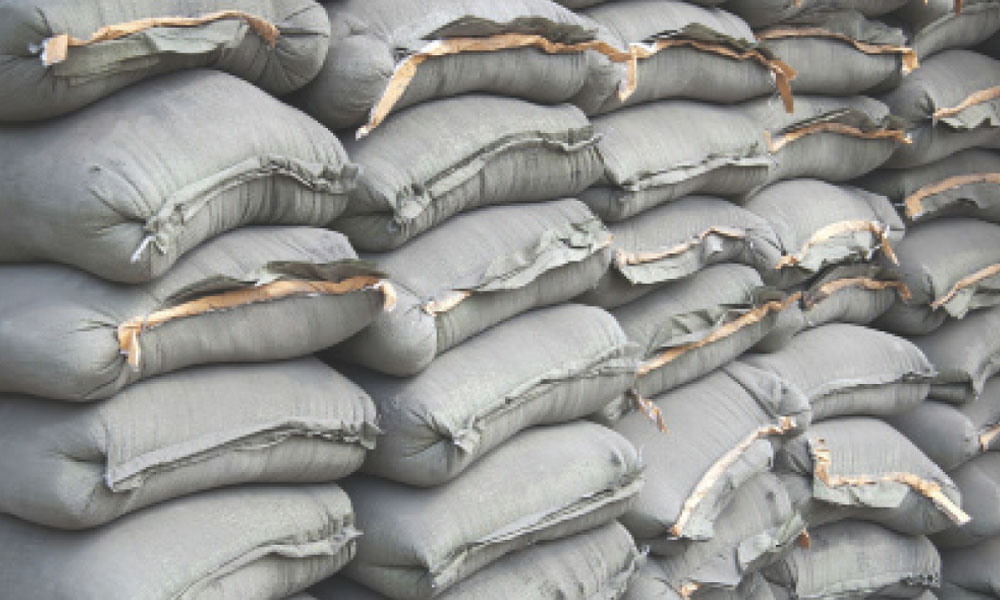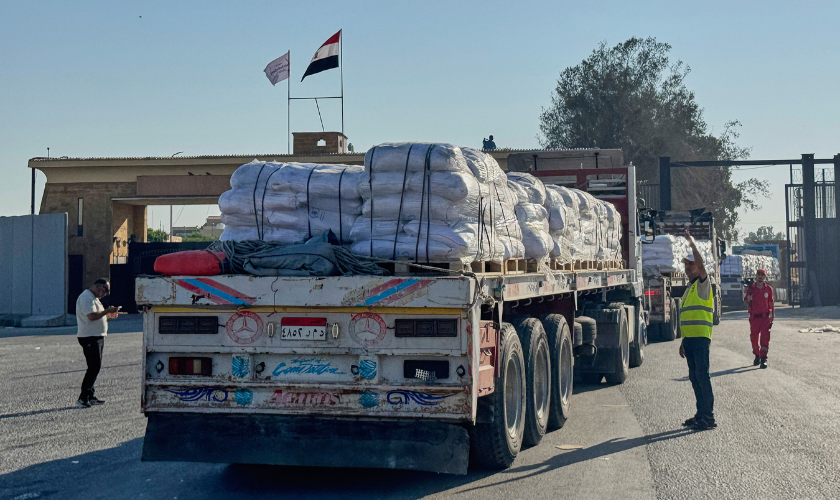Electricity generated by the 82-megawatt Lower Solu Hydropower Project has been connected to Nepal’s national power transmission grid, the state-run news agency RSS reported.
The project, located on the Solukhola in Solukhumbu district, was linked through the 132 kV double-circuit Solu Corridor transmission line via the Tingla Substation, RSS reported citing the project officials.
Promoted by Solu Hydropower Limited, the project began generating power on July 20 and was connected to the national grid after a successful test run, Krishna Bahadur Chaudhary, assistant manager of the project told RSS.
Read: Nepal’s Installed Electricity Capacity Reaches 3,878 MW with Addition of 631 MW in a Year
Power is generated by diverting water from a dam built at Salme, on the border of Solududhkunda Municipality Wards 7 and 11, to an underground powerhouse at Bhadaure, Tingla, around six kilometers downstream. A five-kilometer tunnel has been constructed to regulate the river’s flow and facilitate generation, RSS added.
According to the project officials, construction of the project started in 2016 and was completed at a cost of Rs 16 billion, financed by various European banks, including FMO. The project is expected to produce a minimum of 23 MW in winter and up to 82 MW during the rainy season.
The Lower Solu is the second-largest privately financed hydropower project in Nepal after the 86 MW Solu Dudhkoshi Hydropower Project.
Nepal’s total installed electricity generation capacity has reached about 3,878 MW, as per an announcement made by Energy Minister Deepak Khadka recently. According to the Independent Power Producers Association of Nepal, Private producers account for around 80 percent of this capacity, underscoring the growing role of independent power developers in meeting the country’s energy needs.
The government has set an ambitious target of generating 28,500 megawatts (MW) of electricity by 2035 under the Energy Development Roadmap 2081 with the help of private sector. It is estimated that an investment of US$ 46.5 billion (Rs 6,400 billion) will be required to achieve this target.

